The mobile sector is growing tremendously. There are 3.48 million apps available on the play store for Android users. A lot of mobile app development companies try to make such applications that quickly gain popularity among their users. But do all mobile application gains the same amount of popularity?
One needs to make an application that is trendy and has got a user-friendly interface. The application should also match the currents bars of digitization and for this one needs to have exemplary knowledge about the technologies. By smartly using mobile app development technologies, app developers can make distinctive apps that will take your business to the next level.
In this article, we will be throwing some light on the top mobile app development technologies.
-
React Native

It is one of the most preferred JavaScript libraries that is used to build native applications for platforms and devices. By using React Native, one can develop proficient applications for both iOS and Android. It also permits to create a platform-specific version of various components that allows ease in using a single codebase across various platforms. Some features of react-native are mentioned below:
- Minimal code
- Well suited third-party plugins
- Works on both iOS and Android
-
Xamarin
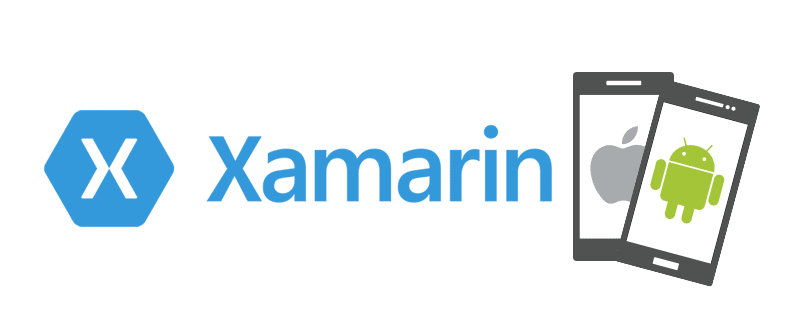
This platform is made by Microsoft. It is a cross-platform and open-source platform thus it has to offer a creative development ecosystem that includes backend, API, components, etc. It is .Net platform that is supported by numerous tools, programming languages, and libraries. One can build native applications for Android, tvOS, iOS, macOS, and windows. Some major features of Xamarin are mentioned below:
- Flexible backend infrastructure
- Commendable diagnostic tools and application loader
- Flawless Android SDK manager
- Efficient Google emulator manager
-
Swiftic
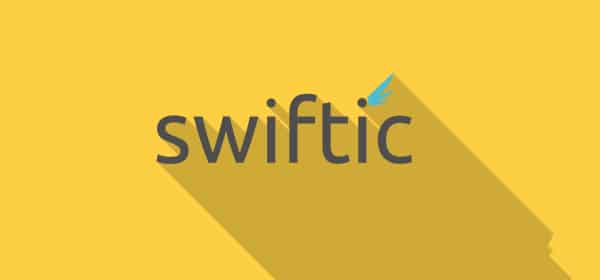
It is one of the finest mobile app development frameworks accessible for iOS platforms. It is a great option to opt for as one gets 30 days money-back guarantee for all its plans. Another perk is that if you don’t get results in 6-months, the service is free. Let us learn about some exceptional features of Swiftic:
- Fascinating push notification
- One can become a loyal shopper by buying a loyal card
- Get in-app coupons
- One can scratch cards and win prizes
- Simple communication
- Modern Analytics
-
Flutter
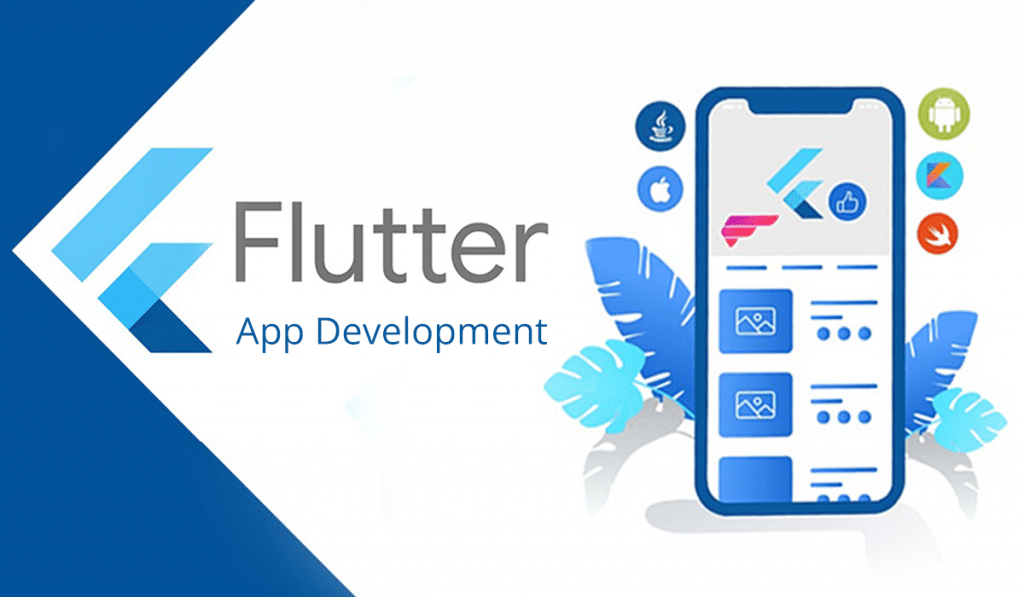
It is a UI toolkit made by Google that helps in building native applications for web and mobile. In this toolkit, the widgets can be fully customized. The architecture of Flutter has different layers which make rendering the components faster. Some key features of Flutter are as follows:
- It has a built-in material design
- Authentic motion APIs
- Very powerful widget support
- Works for both iOS and Android
-
Onsen UI
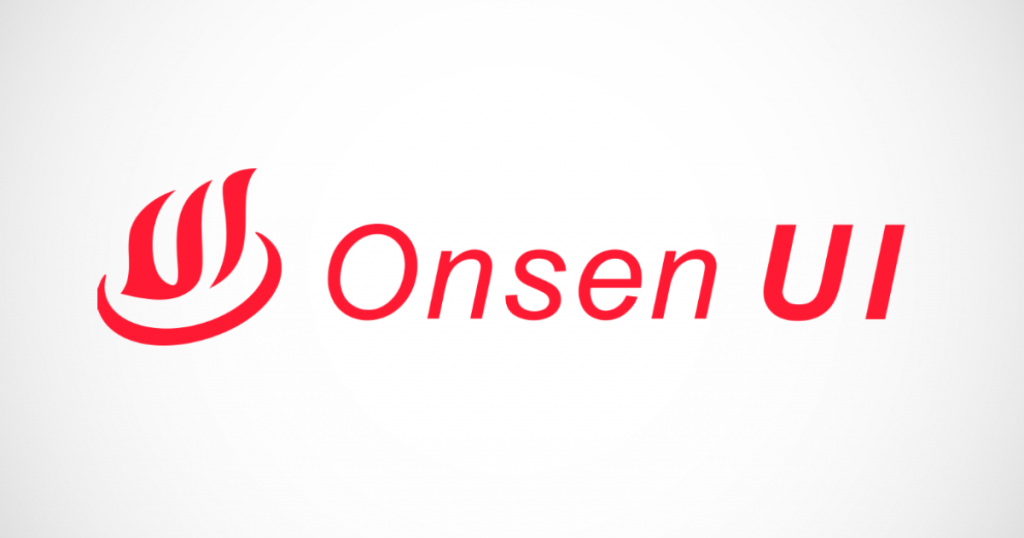
It is said to be one of the most powerful tools when it comes to crafting composite mobile applications. It can build amazing HTML apps by using JavaScript, HTML, and CSS. It supports a lot of libraries like Angular JS1, Angular 2+, React, and Vue. One of the qualities which make it stand out is its competency to the application’s outlook depending on the platforms. The UI components include stacks, navigation, lists, forms, etc. Some of its commendable features are:
- Quick set-up
- Easy to learn and operate
- Budget-friendly
-
Ionic
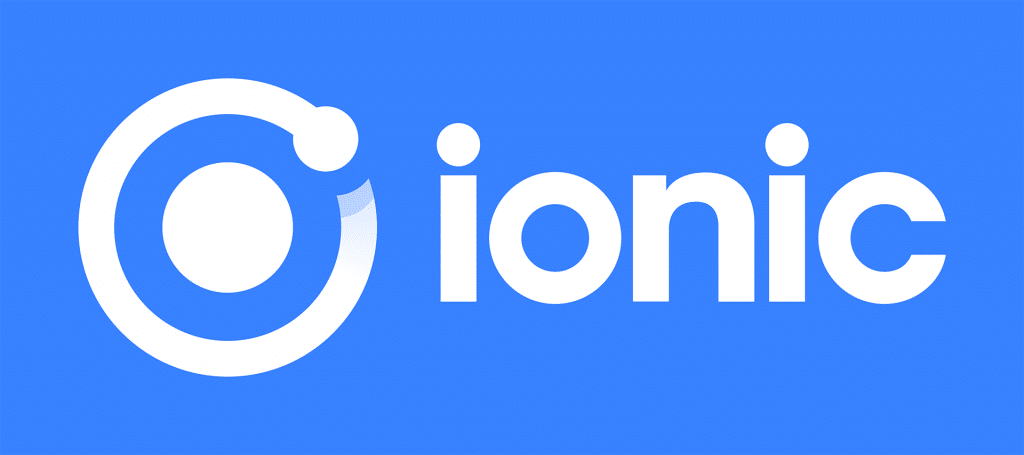
It helps the developer to build an interactive hybrid and progressive web application that also has cross-platform applications. It is an open-source framework that offers exemplary services for creating an application. Ionic can make and run the application on the web, Android, and iOS. One can quickly create applications and send them to the locations where they can be deployed. Ionic Studio is the stronger version of Ionic. One can install that locally to create an easy visual development habitat. Some of the key features of Ionic are mentioned below:
- Real quick development time
- Offers instinctive UI components
- Absolute control over the app
- Solid and secured development platform
-
Solar 2D
It is an open-source cross-platform used for development framework. It is most appropriate for building numerous games and applications. By using Solar 2D, one can build an application for desktop as well as for mobile. Solar 2D supports iPhone, iPad, tablets, Amazon Fire, Mac desktop, and Windows Desktop. Some of the admirable features of Solar 2D are as follows:
- Various plugins for all requirements
- Well built API support to integrate with a lot of native libraries
- Speedy development process
-
Sencha Ext JS
Earlier it was known as Sencha, but then it got merged with Ext Js so it became Sencha Ext JS. One uses this JavaScript framework for building data-intensive applications for mobile and the web. It has various components like HTML 5 calendar, pivot grid, trees, D3 adapter, lists, menus, toolbars, menus, windows, panels, etc. Sencha has a good number of user extensions. Some of the major features of Sencha Ext JS are as follows:
- Can govern millions of data at once
- Significant analytics
- Smooth layout system
- Commendable visual data representation
Conclusion
One needs to consider various factors such as operating system, development time, type of UI, and much more. Above we have organized a list of the top 8 mobile app development technologies for your convenience.
The cross-platform applications for mobiles are evolving every day. One has to keep up with the trend by shifting in terms of code, script, platforms, integration, development method, and deployment. As the world is getting into hybrid, native, and progressing web applications technologies like the internet of things, artificial intelligence, machine learning, and blockchain. These technologies are adapted to give smarter, securer, and better results for the user. It will be compelling to watch how hybrid the applications will become to cope-up with this fast-growing technology adaption.









